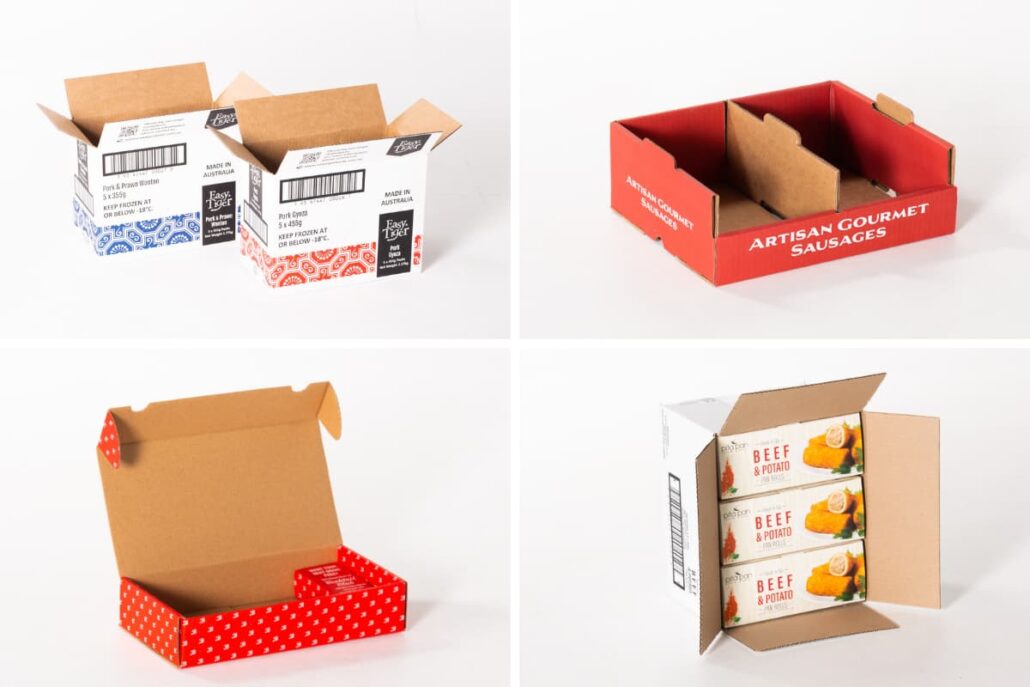I. Introduction
Packaging materials play a crucial role in various industries, from protecting products during transit to influencing consumer perception. In this article, we will explore the significance of packaging materials and provide an overview of the different types available.
II. Characteristics of Good Packaging Materials
Good packaging materials should possess several key characteristics. Firstly, they must offer protection to the packaged product, safeguarding it from damage, moisture, and other external factors. Durability is also essential to ensure the packaging can withstand handling and transportation. Cost-effectiveness is a significant consideration, as it impacts the overall cost of the product. Sustainability is increasingly important, with a growing emphasis on minimizing environmental impact. Additionally, the aesthetics of the packaging can enhance the product’s appeal and brand image.

III. Popular Packaging Materials
A. Paper and cardboard: These materials are widely used due to their recyclability and cost-effectiveness. They offer moderate protection and are suitable for various products. However, they may have limitations in terms of moisture resistance.
B. Plastic: Plastics come in different types and offer diverse properties. While they provide good protection and are lightweight, there are concerns about their environmental impact, especially with non-biodegradable plastics.
C. Glass: Glass packaging is known for its inertness and ability to preserve the quality of products. It offers excellent clarity but is fragile and heavier.
D. Metal: Metals like aluminum and steel are used for their strength and durability. They are often used for canned goods and offer good barrier properties. Recycling and sustainability efforts are crucial in the metal packaging industry.

IV. Selecting the Right Packaging Material
When choosing packaging materials, several factors need to be considered. The product type dictates the level of protection required. Environmental impact is a significant concern, and companies are increasingly opting for sustainable options. Cost and availability also play a role in the decision-making process. Additionally, the brand image and consumer perception can be influenced by the packaging material choice.
V. Future Trends in Packaging Materials
The future of packaging materials is likely to witness a greater emphasis on sustainability. There will be a continued focus on developing biodegradable and recyclable materials. Smart packaging technologies, such as sensors and indicators, will also gain prominence, providing added value and functionality.
VI. Conclusion
In conclusion, choosing the right packaging materials is essential for ensuring product integrity, minimizing environmental impact, and enhancing the consumer experience. By considering the characteristics, types, and future trends, companies can make informed decisions that benefit both their products and the planet.